Modern Mexico is a lively and complex country, shaped by its indigenous roots, colonial history, revolutions, and today’s global influences. Over the past two hundred years, Mexico has changed deeply, facing many tough events but also making great progress. From the struggle for independence and foreign invasions to revolutions and years of strong political control, Mexico has dealt with many hard times. Still, during these hardships, there have been important social changes, strong economic development, and rapid growth and modernization in its cities. This article looks at the different sides of modern Mexico, such as its main features, turning points in history, the way society works, cultural life, politics, economic changes, and its place in the world.
What Makes Modern Mexico Unique?
Modern Mexico continues to change but keeps a strong link to its history. The country has managed to deal with its colonial past and internal conflict to build its own national identity. In Mexico, old traditions survive next to new technology, and big social problems meet creative answers and local determination.

Main Features of Modern Mexico
- Youthful Population and Urban Growth: Mexico has a young, growing population with more people moving to cities each year.
- Cultural Diversity: There is a mix of indigenous languages and customs along with a majority mestizo culture-a mix of Spanish and native backgrounds.
- Economic Variety: Mexico has a mixed economy including factories, oil, tourism, and a fast-growing technology sector.
- Political Changes: The country moved from one-party rule to a more open, competitive democracy, though there are still some problems.
- Social Efforts: There is ongoing work to fight inequality, corruption, and crime, with the aim of making society fairer for everyone.
Modern Mexico Compared to Its Past
| Era | Main Features |
|---|---|
| Pre-Colonial | Advanced native civilizations (Aztecs, Mayans, Olmecs), strong farming, deep religious traditions. |
| Colonial | Spanish ruled, new language/religion, strict social classes, extraction of resources, European customs. |
| Modern | Independent nation, focus on equality, diverse economy, industrialization, efforts to bring together indigenous and Spanish heritages. |
Important Historical Changes
- War of Independence (1810-1821): Began the move away from Spanish control, led by people like Miguel Hidalgo.
- 19th Century: Marked by unstable governments, wars (such as with the US), and internal conflicts.
- Porfiriato (Díaz Era): Years of stability and growth but increased inequality and lack of freedoms.
- Mexican Revolution (1910): A long and bloody fight for change that led to land reform and the 1917 Constitution, which still guides the country today.
- PRI Rule (1929-2000): One party held power for many years, leading to some progress but also corruption and a push for real democracy later on.
Modern Society and Population in Mexico
Today’s Mexico is shaped by its mixed background and world influences. The makeup of its people keeps changing due to city growth, new types of families, and movement within and out of Mexico. Knowing this helps understand the country’s path ahead.
City Life and Mexico’s Big Cities
- Mexico City: One of the world’s biggest cities; center for business, art, and politics, but also faces traffic jams, pollution, and poverty.
- Guadalajara: Known for its tech industry-sometimes called Mexico’s Silicon Valley.
- Monterrey: Large production and business hub in the north.

More people leave rural areas for cities looking for jobs and a better life. Fast city growth helps the economy but puts pressure on things like housing, transportation, and public services.
Population and Cultural Mixture
- Youth: Mexico has a fairly young population, but birth rates are dropping and the population is aging.
- Ethnic Mix: Most people are mestizo, but there are also many different indigenous groups, each with their own languages and customs.
- Migration: Many Mexicans move to the US, while Mexico also receives people from other countries heading north. These patterns shape both the economy and culture.
Indigenous Communities and Social Action
- Indigenous people are still an important part of Mexico, keeping old languages and customs alive.
- Many have fought hard for their rights, land, and ability to keep their traditions.
- Movements like the Zapatistas have drawn global attention to their struggles for equality, land protection, and self-rule.
- While laws now recognize many indigenous rights, turning these rules into reality is still a work in progress.
Cultural Life, Arts, and Mexico’s Shared Identity
Mexican culture is a lively mix of ancient and modern influences. From art and food to customs and festivals, Mexican life reflects the combined history of its people. Traditions are kept alive even as new trends take hold.
How History Shapes Mexico Today
- “Mestizaje,” or the blend of native and Spanish cultures, is a big part of what makes Mexico unique.
- Food is a great example: dishes often mix native ingredients and Spanish styles.
- The story of the Mexican Revolution still inspires artists and social movements.
- Strong focus on family and community remains important in society.
Art, Writing, and Music Now
- Modern artists still look back to famous muralists like Diego Rivera while exploring new ideas and social topics.
- Writers from Mexico receive international awards, writing about everything from magic realism to city life and migration.
- Music is varied-traditions like mariachi mix with newer rock, pop, and electronic music, reflecting both local and global sounds.
Role of Festivals and Traditions
- Key festivals such as Day of the Dead show Mexico’s unique way of honoring life and ancestors.
- Other holidays, big and small, from Cinco de Mayo to local fiestas, help keep community spirits strong and connect modern life to deep roots.

Political Organization and Recent Changes
Mexico’s political system has changed a lot, moving from long-term one-party leadership to a more open, multi-party democracy. The country is still working to strengthen its system and fix old problems, especially with fairness and representation.
How Mexico’s Government Works
- Type: Federal presidential republic (United Mexican States)
- President: Runs both the state and government; one six-year term, no re-election
- Legislature: Two houses (Chamber of Deputies-3 years; Senate-6 years); members are chosen by both direct vote and party lists.
- Judiciary: Highest court is the Supreme Court, which makes sure laws follow the constitution.
Main Political Parties
- PRI (Institutional Revolutionary Party): Controlled politics for over 70 years. This brought some stability, but also problems with corruption.
- PAN (National Action Party): A conservative group; first party to break the PRI’s hold on the presidency.
- PRD (Party of the Democratic Revolution): Left-leaning, promotes social fairness.
- MORENA: Led by current president López Obrador, it has quickly become a major progressive force.
Recent Constitutional Changes
- Updates to the 1917 Constitution for more democracy, fairer elections, and fighting corruption.
- Laws to improve transparency and protect groups like indigenous people and women.
- Economic policies to open areas like energy to private investment.
The Economy-Growth and Challenges
Mexico’s economy is fast-moving and mixed. While it produces cars, electronics, and oil for the world and attracts tourists by the millions, problems like unfairness and corruption remain big obstacles.
Main Sectors in Mexico’s Economy
- Manufacturing: Especially cars, planes, and electronics for global markets.
- Oil and Gas: Still important, but the sector is opening to more investment.
- Tourism: A key source of jobs and money, with beaches and ancient sites attracting visitors.
- Agriculture, Mining, Services: Continue to support the economy, with IT and finance growing more each year.

NAFTA and USMCA Trade Deals
- NAFTA (1994): Tied the economies of Mexico, the USA, and Canada, making trade much easier. Led to more factories and exports, but also increased inequality for some.
- USMCA (2020): Updated the old deal. Added rules about labor, digital trade and car manufacturing. Aims to keep North America’s economy strong and fairer.
Inequality and Corruption
- A small group is very wealthy while many still struggle. This shows up in health, education, and job access-especially in rural and indigenous areas.
- Corruption makes it harder to trust institutions and often blocks fair progress.
- The informal job sector, while providing work, leaves many workers without basic protections.
Education, Research, and Innovation
Mexico is working to improve its schools and push more research and innovation. It faces challenges but has made good progress, especially in increasing the number of kids in school and growing its science and tech work.
Mexico’s School System
- Basic: Preschool, primary, and lower secondary (required and free).
- Upper Secondary: High school and technical training (~ages 15-18).
- Higher Education: Universities, technical colleges, offering bachelor’s and advanced degrees.
- Supervision: Ministry of Public Education (SEP) runs the national system.
While more students are now in school, rural and indigenous areas still need better facilities, teachers, and materials. Work is ongoing to train staff and keep more youth in school.
Tech and Science Progress
- Mexico has built a strong base in automotive engineering and electronics, especially in Guadalajara’s tech corridor.
- New focus areas include biotech, renewable energy, and IT, with universities working on research and global partnerships.
- A growing pool of young graduates is helping boost these fields.
Hurdles in Education and Research
- Spending on R&D is still lower compared to richer countries, leading many skilled people to leave for work elsewhere.
- Big differences in school quality and access between urban and rural, and public and private, schools.
- Better linking between science in universities and real-world jobs is needed.
Health and Social Problems in Mexico
Mexico faces several public health and social issues. While there have been important steps forward, problems such as unequal access and security worries remain serious.
Healthcare System and Key Programs
- Mexico has a mix of public, private, and work-based health services.
- Main public systems: IMSS and ISSSTE cover formal workers; other programs help the uninsured.
- Efforts focus on basic care, family health, and fighting infectious diseases, but non-infectious diseases like diabetes and heart problems now require new solutions.
- Urban areas often have better services than rural ones.
Crime and Safety Concerns
- Crime, especially from drug gangs, is a big problem in some areas, causing violence and fear.
- The government has responded with police and military actions but has yet to find a complete answer.
- Underlying issues like poverty and lack of jobs make fixing the problem more complicated.
Fighting Inequality
- Efforts include direct payments to poor families, targeted spending in health and education, and activism by community groups.
- Progress is being made, but deep social gaps still remain, especially between rural and urban, and among different ethnic groups.
Mexico’s Role in the World
Mexico’s influence in global matters is growing because of its location, economy, and culture. Its foreign policy focuses on working with others, keeping peace, and supporting good international relationships, especially in its region.
Position in North America and Latin America
- Mexico is an important link in North America, with close trade and migration connections to the US and Canada.
- With the USMCA agreement, economic ties are strong but come with tough challenges like border security and migration.
- Within Latin America, Mexico promotes unity, economic partnerships, and shares its culture widely.
Global Ties and Trade
- Mexico is active in groups like the UN, G20, and OAS, supporting human rights and development efforts.
- It has made trade deals with many countries, including in Europe and Asia, to depend less on any one market.
Migration and Borders
- Mexico sees both people leaving (often to the USA) and people passing through from Central and South America.
- Migration brings humanitarian and security concerns, especially at the US and Guatemala borders.
- Cooperation with neighbors and protecting migrants’ rights remain ongoing challenges.
Current Issues and What’s Next
Mexico continues to change due to recent events and new trends, setting its direction for the years ahead.
Environmental Problems and Response
- Issues such as deforestation, lack of clean water, city smog, and effects of climate change are growing bigger.
- Mexico is working on plans to cut greenhouse gases, add more green energy, and focus on protecting the environment.
- Community and youth groups, especially among indigenous people, are taking stronger roles in these efforts.

Social and Political Movements
- Public demands for transparency and action against corruption are shaping new policies.
- Women’s movements are pushing for equal rights and safety from violence.
- Environmental and student actions are helping to influence policy and raise awareness about rights and the environment.
Looking Ahead for Mexico
As of September 2025, Mexico is facing important choices. How it protects its democracy, tackles inequality, and improves security will guide its future. Growing the economy and improving education and innovation will be important for Mexico to compete worldwide. Mexico’s partnerships, efforts to address climate change, and investment in its youth will all matter. With its strong cultural heritage and the energy of its people, Mexico looks to the future aiming for growth, fairness, and a blend of old and new in a changing world.


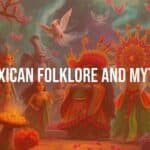
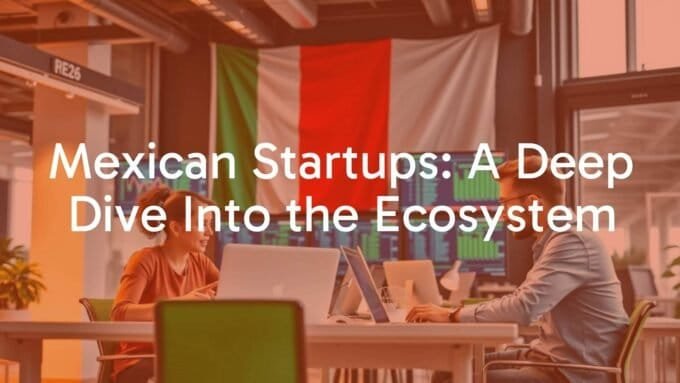



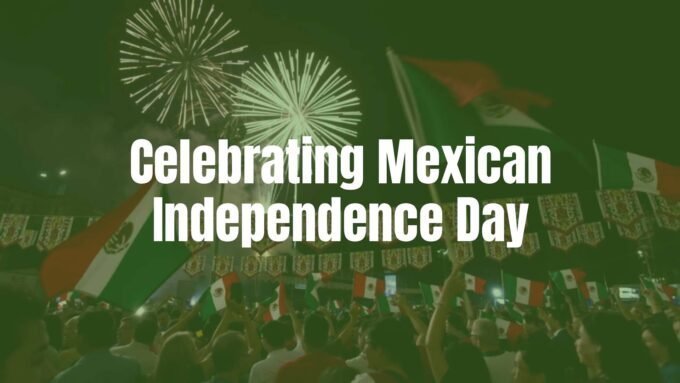
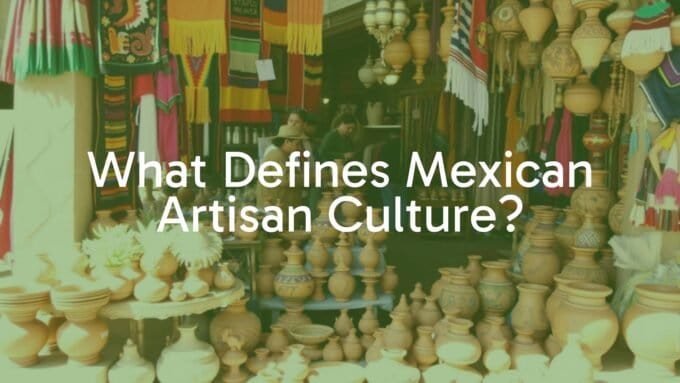

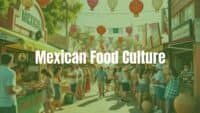
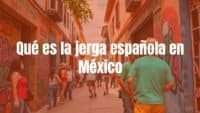

Leave a comment